virus
Latest

Android malware is infecting Amazon Fire TVs and Fire Sticks
If you've loaded any apps onto your Amazon Fire TV or Fire TV Stick that let you watch pirated movies and TV shows, you could be at risk from a cryptocurrency-mining Android virus. AFTVnews reports that the virus -- a malware worm variant -- is not specifically targeting Fire TV devices, but they're vulnerable because of their Android-based operating system.

Science takes a step toward coding virus-resistant human cells
In 2016, scientists unveiled one of the most ambitious genetic engineering efforts yet: Genome Project-write wanted to do nothing less than create (not just edit) human cells immune to all known viruses. There was a rough start that included dramatic funding shortfalls, but it now looks like the initiative is getting underway in earnest. Harvard's Wyss Institute and French immunotherapy company Cellectis have formed a partnership that will see Cellectis supply genome engineering tools to a Wyss team led by George Church. They'll use custom enzymes to remove redundant codons (nucleotide "triplets" that produce amino acids for specific proteins) and prevent viruses with those codons from hijacking cells to produce copies of themselves.

US lifts ban on funding research for gene-modified super viruses
For the past 3 years, the US has maintained a moratorium on backing research that involves genetically modifying viruses to make them more potent, whether it's their ability to spread or their lethality. You can kiss that de facto ban goodbye, however: the government has lifted the restriction in favor of a new review step. Scientists who want to engineer these super viruses will be subject to scrutiny by a "multidisciplinary group" that will consider the intentions and risks, such as whether or not it's "ethically justifiable" and whether or not there are safer methods of accomplishing the same goal.

FedEx estimates ransomware attack cost $300 million
FedEx acquired Dutch shipper TNT Express last year for $4.8 billion, well before the NotPetya ransomware ran wild on TNT's systems June 27th, disrupting much of its shipping operation. Like the earlier WannaCry outbreak, NotPetya used a Windows exploit stripped from an NSA leak to spread across networks. According to FedEx, even though its services and critical systems have been restored, "TNT Express volume, revenue and profit still remain below previous levels." That adds up to a $300 million hit on its operating results, and the company raised the estimate of integrating TNT's systems with its own by $75 million over previous estimates.

Scientists revive an extinct virus using off-the-shelf DNA
It's no longer far-fetched to synthesize a basic organism. However, a team of researchers has taken that work one step further. They recently reconstituted and reanimated an extinct virus, horsepox, using DNA they'd ordered via mail. The team stitched together multiple gene fragments (each with about 30,000 base pairs) into the complete 212,000-pair horsepox genome and inserted it into cells already infected with a different pox, bringing the inanimate virus to life. It's clever work, especially given the relative complexity of a pox virus compared to earlier efforts, but it's also a double-edged sword -- it could at once provide a breakthrough in medical research and pose a potential threat.

Large-scale cyberattack is spreading through Russia and Ukraine (updated)
A large-scale cyberattack is working its way through a number of Ukrainian and Russian targets today. So far, in Russia, oil producer Rosneft and metal company Evraz have been affected by the attack. In Ukraine, Boryspil airport, the banking system, a state power distributer and even the Ukrainian government have been hit.

'WannaCry' ransomware attack spreads worldwide (update)
England's healthcare system came under a withering cyberattack Friday morning, with "at least 25" hospitals across the country falling prey to ransomware that locked doctors and employees out of critical systems and networks. It's now clear that this is not a (relatively) isolated attack but rather a single front in a massive digital assault. Update 2 (5/13): In response to infections like the ones that crippled parts of the NHS system, Microsoft is releasing a patch for unsupported systems including Windows XP, Windows 8 and Windows Server 2003.
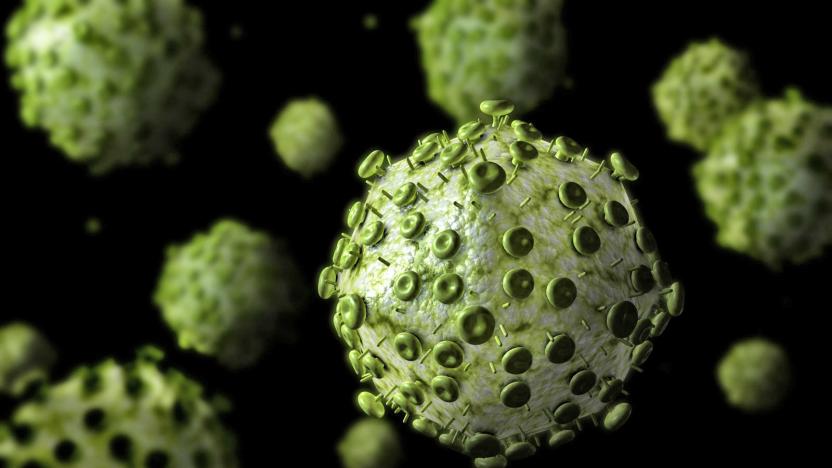
HIV breakthrough may help scientists kill sleeping virus cells
AIDS patients must endure a lifetime of drugs because the virus conceals itself in the immune system and reactivates with a vengeance once the treatment stops. However, French scientists have discovered a marker that makes it possible to identify dormant, HIV-infected T-cells from healthy ones. That could lead to drugs that target those "reservoir cells," eradicating the virus completely and curing the patient.

Crop spray gives plants GMO benefits without altering genes
Scientists have developed a clay-based RNA spray that turns off certain genes in plants, making them resistant to a virus for up to 20 days. With a single treatment, the researchers were able to protect tobacco plants from the "pepper mild mottle virus," a serious disease transmitted by humans during farm operations. On top of crop protection, the technique could be used to modify the color, taste and appearance of plants, but unlike with GMO plants, the underlying DNA would not be changed.

Science exonerates HIV's 'Patient 0'
For years, many have pinned HIV's US outbreak on one man: a flight attendant, nicknamed Patient 0, whose travels and sexual activity allegedly helped spread the virus quickly. However, there's now evidence to suggest that he was little more than a scapegoat. A team of American and British researchers has used genetic reconstruction to narrow down the American arrival of HIV to between 1970 and 1971, before Patient 0 was even having sex.
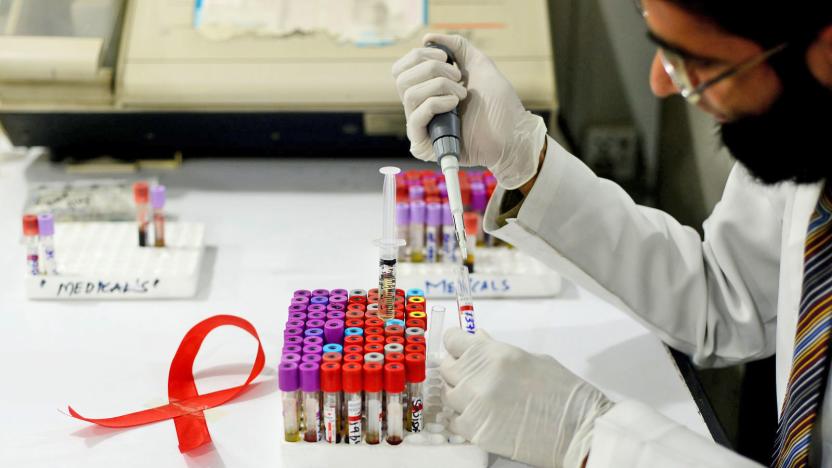
HIV researchers edge closer to a cure
Most recent news on the fight against HIV has focused on preventative medicine and suppression, but British scientists might be inching toward an honest-to-goodness cure. A 44-year-old social worker in London appears to be completely free of the virus after undergoing an experimental "kick and kill" treatment as part of a trial. The patient first took a vaccine to help his immune system detect infected cells, and then took Vorinostat to activate dormant infected cells that normally don't get caught. After that, it was just a matter of letting the healthy parts of the immune system kill off all the HIV, theoretically eliminating any chance of the virus coming back.
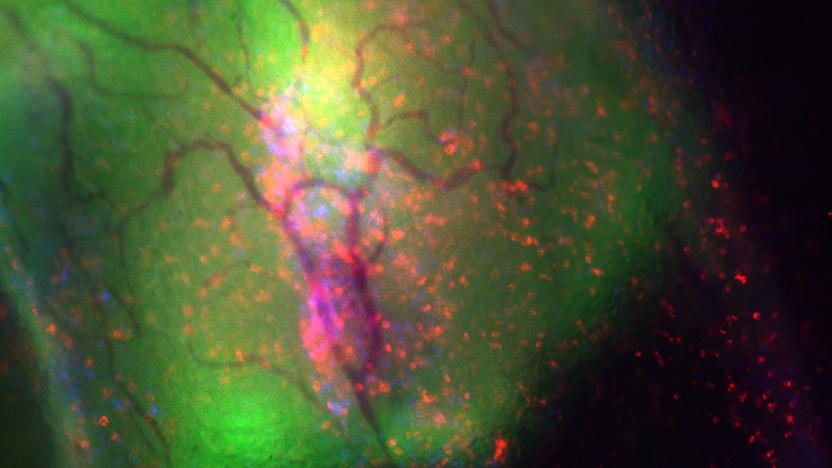
Scientists watch an immune system fight the flu in real time
To date, biologists have typically had to study the progress of a virus through indirect means, such as studying the antibodies -- actually tracking the viruses themselves has been difficult. However, researchers say they've found a way to follow the progress of a virus in real time. By using multiphoton microscopy in tandem with a laser and fluorescence, the team monitored influenza virus in a mouse's trachea (where the transluency made imaging possible) through the infection and immune system response.

Theranos' Zika test is under FDA scrutiny
That didn't take long. Theranos pulled the emergency request for its Zika-testing miniLab following an FDA inspection that revealed shortcomings with patient protocol, according to The Wall Street Journal. WSJ's sources say that while the blood-testing company had data showing that the testing methods worked, the evidence collected was done without "implementing a patient-safety protocol approved by an institutional review board." Meaning, the experiments didn't have the type of oversight necessary to ensure that they were performed in stringent, controlled ways that would consistently provide accurate results and wouldn't harm the test subjects. The company says that it "recognized" that some of its data was gleaned before the needed protocols were in place. Theranos plans to appeal the Food and Drug Administration's ruling, of course, and collect the extra information requested by the FDA before trying the certification process again. Same goes for when the company attempts certification for its Ebola test as well. The miniLab itself was a way to sidestep founder Elizabeth Holmes' two-year ban from owning or running a lab or her own, precisely because the device was made for outside use. All of this raises the question of how long Jennifer Lawrence will have to wait for a final script for Theranos: The Movie. Seriously, this saga just keeps getting better.

Zika virus' effects are broader than first thought
The Zika virus is primarily known to cause microcephaly (small heads) in the babies of infected mothers, but its effects may be wider-ranging than first thought. A Harvard-led study has conducted brain scans of 45 Brazilian babies from Zika-stricken mothers, and the data suggest that even those children born without conspicuous problems may suffer later on. Ultimately, Zika is disrupting brain development -- microcephaly is a frequent result of that, but there can also be issues around the cortex (which is crucial to coordination and memory) that show up first and may only materialize on the outside as the child grows. Moreover, Zika can damage nerves in such a way that it forces arms and hands to contract.

IBM's new virus filter could lead to home diagnostic tools
The best way to treat any disease, beyond avoiding getting sick in the first place, is to catch it early. You can always go to the hospital and have expensive tests run, but we can do better: New research from IBM could lead to lab-on-a-chip virus detection technology that would enable let patients monitor their health by analyzing saliva or urine samples at home.

CDC warns against visiting a Zika-hit Miami neighborhood
Reports of the first active Zika transmissions in the US are leading to some far-reaching precautions in Miami. The Centers for Disease Control and Prevention are warning both pregnant women and their partners to steer clear of the city's Wynwood neighborhood (including The Shops at Midtown Miami) out of concern that they might be infected. The CDC is also asking future mothers to get Zika tests in their first or second trimesters if they've been in the area from June 15th onward, and to use condoms (or other barrier-based contraceptives) if they have sex.
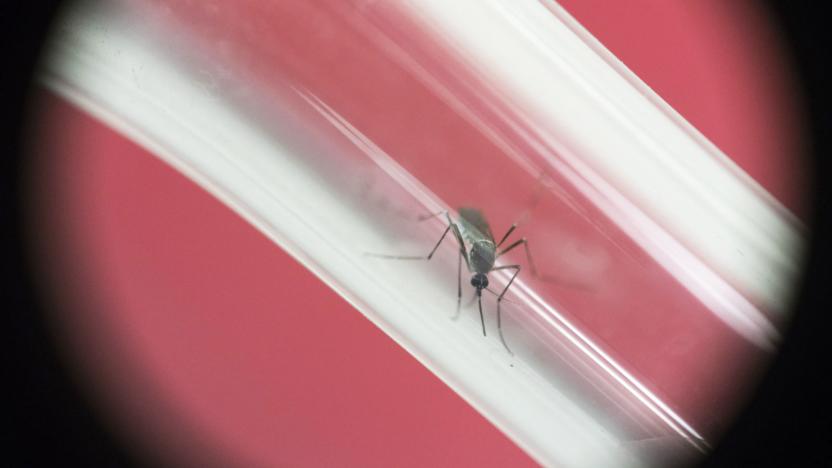
Further Zika studies increase the chances of a vaccine
The hopes for a Zika vaccine are seemingly getting stronger by the day. To start, Harvard researchers have successfully tested two vaccine candidates in mice -- reportedly the first instance of such a treatment working in an animal. One of them relies on an inert version of the virus, while the other entails customized DNA sequences. The scientists will need to test their work on larger animals before it's declared safe, but it's promising to see two more potential safeguards on top of one discovered just days earlier.

Gene editing can end disease and fight global famine
We're looking at the single greatest advancement in genetics since Mendelev started growing peas. CRISPR-Cas9 gene-modification technology is powerful enough to cure humanity's worst diseases, yet simple enough to be used by amateur biologists. You thought 3-D printers and the maker movement were going to change the world? Get ready for a new kind of tinkerer -- one that wields gene-snipping scissors.
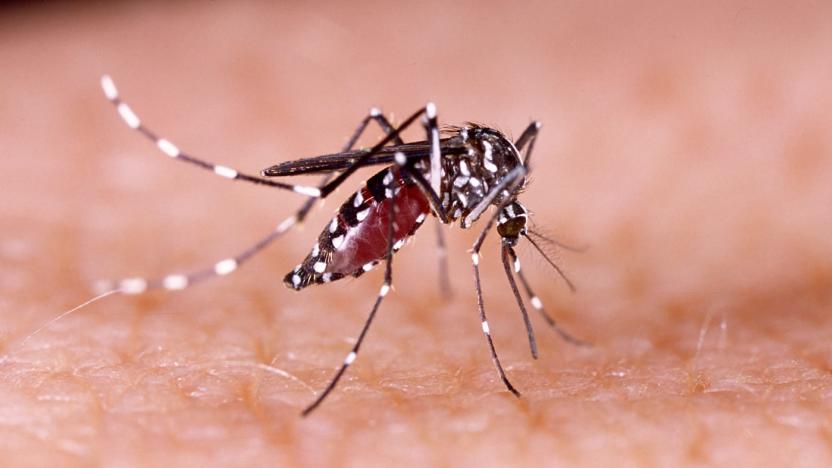
CDC outlines how it'll cope with Zika outbreaks
The Centers for Disease Control and Prevention has published how it plans to tackle the Zika virus in the event of a domestic outbreak. While there are already cases of the virus in the US, these were contracted overseas and brought back by unwitting travelers. The agency believes, however, that certain breeds of mosquitos could spread the condition across the US, should they come into contact with a carrier. The plan outlines five stages of action, starting by simply monitoring mosquito patterns and controlling their populations as well as preparing emergency response teams.

US military wants vaccines that adapt to fight new viruses
Vaccines and other antiviral treatments have one overriding, seemingly inescapable problem: since viruses evolve, a solution that works today can be completely useless tomorrow. The researchers at DARPA are convinced this is a solvable problem, however. They've launched an INTERCEPT (Interfering and Co-Evolving Prevention and Therapy) program that aims to create therapies which adapt in sync with the viruses they're meant to thwart. It'll largely revolve around therapeutic interfering particles (TIPs), or tiny slices of protein-shelled DNA that infiltrate cells and compete with viruses for protein shells. Since the particles should be produced faster than viruses, you end up with loads of dud viruses that dramatically reduce the impact of any viral load. Think of it as watering down a stiff drink.








